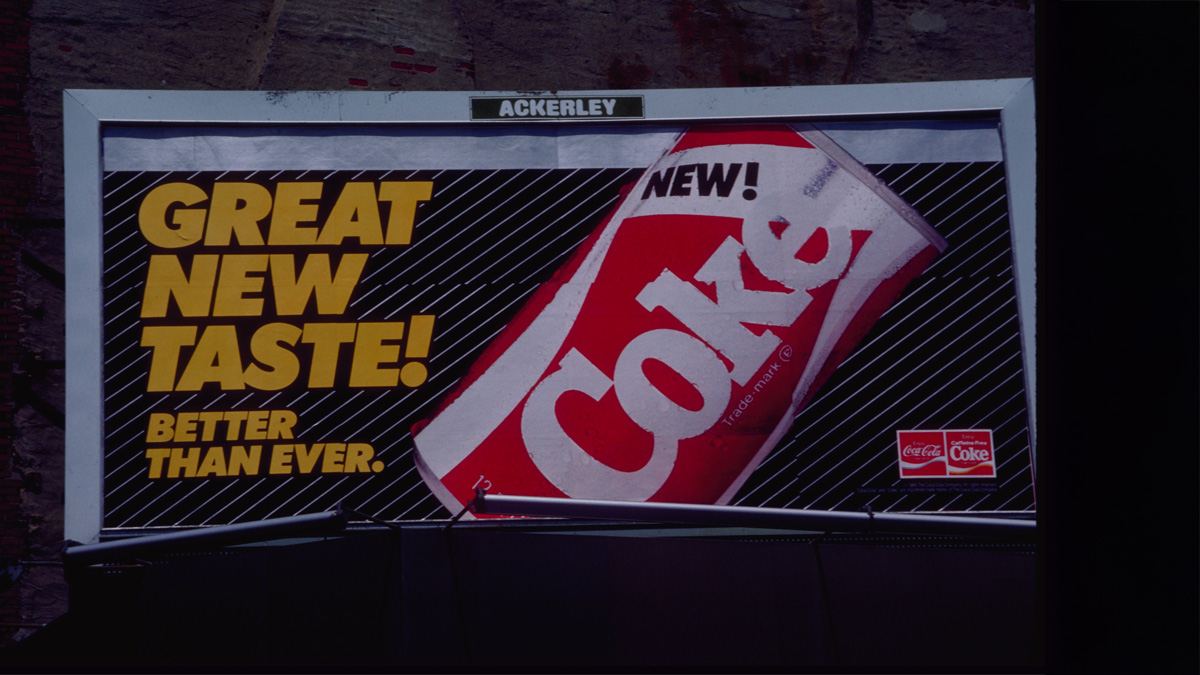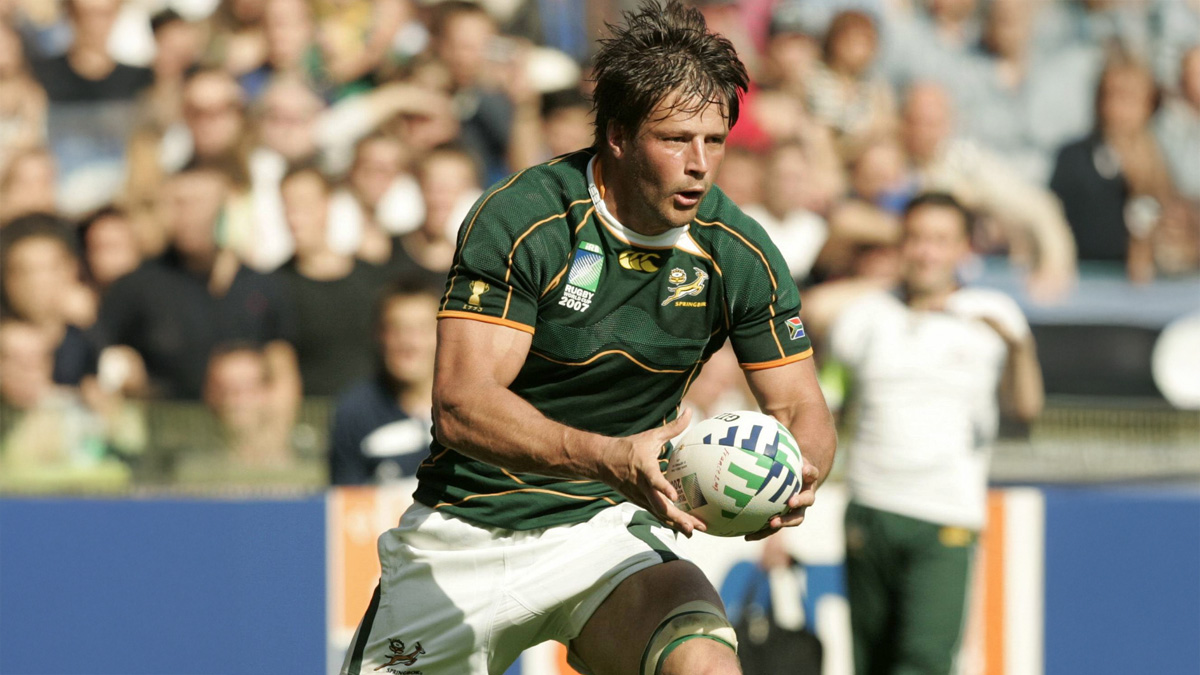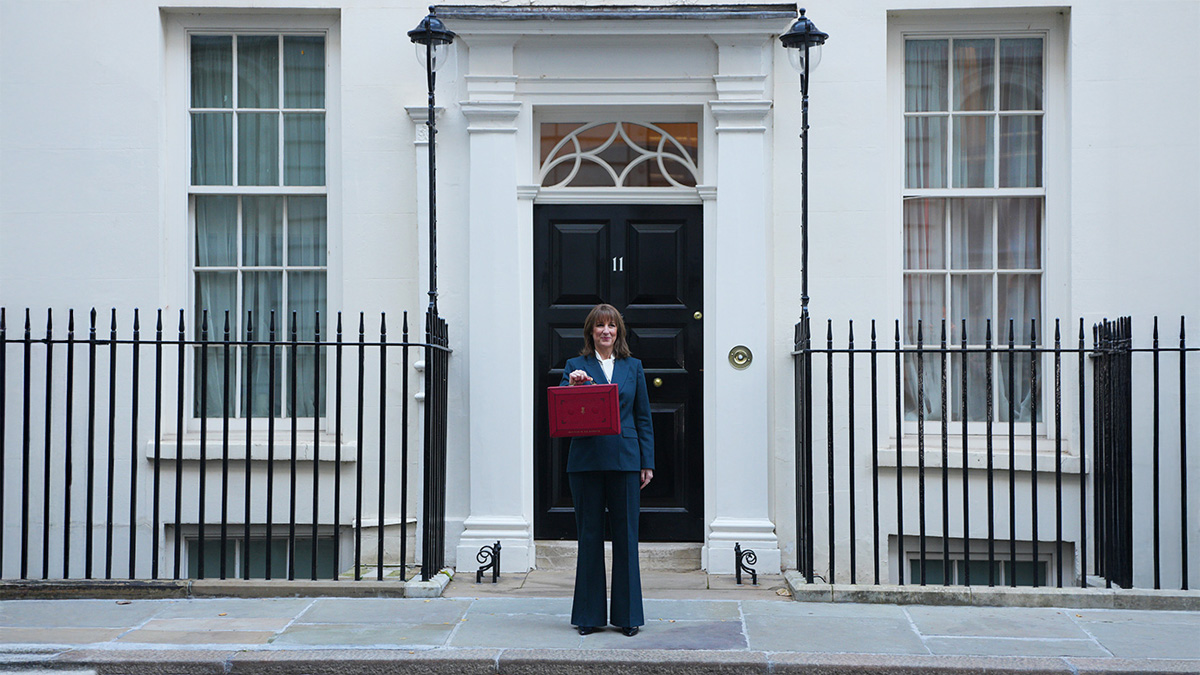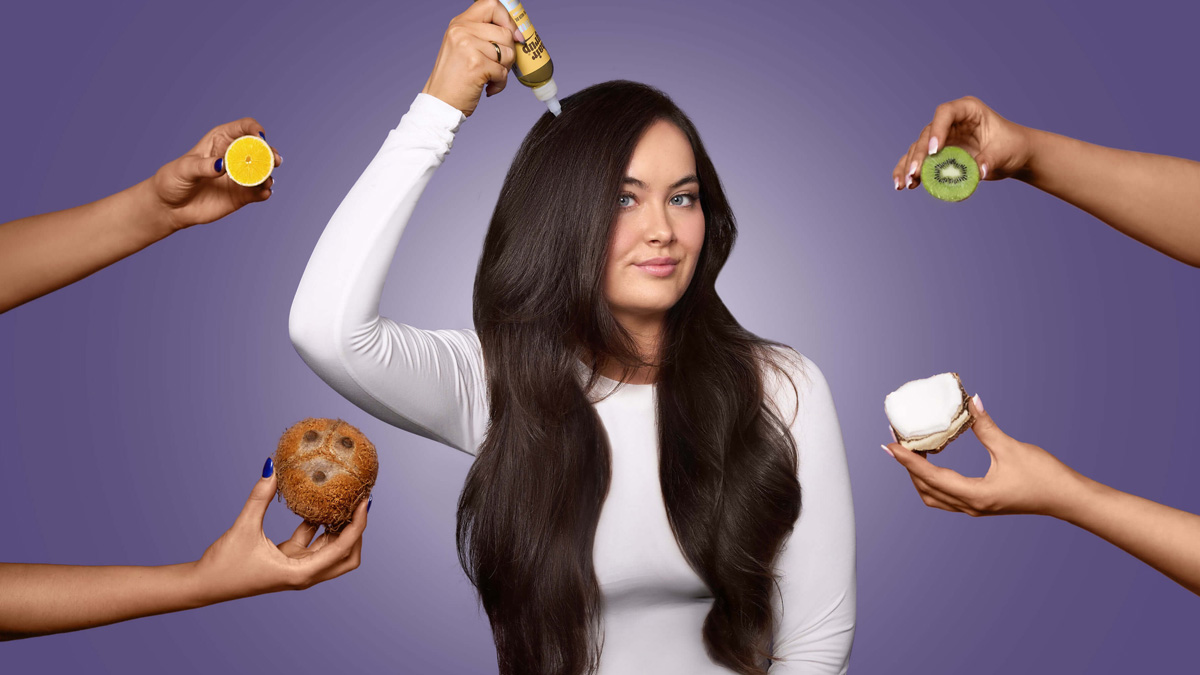
April 23, 1985 has gone down in history as one of the biggest disasters in marketing, PR and innovation. That day 40 years ago provides a cautionary tale for brands about not messing with their core product.
If that sounds like hyperbole, then consider this: even the company behind the disaster has called it one of the most memorable marketing blunders ever. This disaster is, of course, the decision by Coca-Cola to replace its best-selling drink with “new Coke”.
The cola wars
To understand why Coca-Cola made this decision, we need to understand the conditions at the time. While it was the market leader, that leadership was being eroded.
During the 1940s and 50s, Coca-Cola had a market share of more than 60 per cent. However, its nearest rival, Pepsi, was on the up. It had gone bankrupt in 1923 but was rescued by Charles Guth, president of Loft, the world’s largest sweet maker at the time.
Having reformulated Pepsi-Cola and introduced a larger bottle, Pepsi launched a marketing campaign focused on value, right as the Great Depression hit. By the 1970s and after a string of successful Pepsi ad campaigns, it was widely reported that Coca-Cola’s market share had dropped to 24 per cent.
Coca-Cola itself admits consumer preference for its drink was dipping and that its lead over its main rival in its principal market was slipping. As the company says: “In 1995, The Coca-Cola Company’s share lead over its chief competitor, in its flagship market, with its flagship product, had been slowly slipping for 15 consecutive years. The cola category in general was lethargic. Consumer preference for Coca-Cola was dipping, as was consumer awareness.”
Then came the “Pepsi Challenge”. Launched in 1975, it took the form of a blind taste test. A Pepsi representative would set up a table in a public space such as a shopping centre with two white cups: one filled with Pepsi and the other with Coca-Cola. People were then asked to take a sip of both drinks and see which they preferred, with the rep then telling them which drink it was.
In the taste tests, more people liked Pepsi. And Pepsi took that insight and ran with it – running PR and marketing campaigns focused on the results and trumpeting that its product was better.
Not only was Coca-Cola facing competition from rivals but also from itself. To accommodate changing consumer tastes, it launched Diet Coke in 1982. It was an immediate hit, quickly becoming the fourth-best-selling soft drink in the US. But that simply meant even fewer people drinking classic Coca-Cola. Over at Coca-Cola HQ in Atlanta, alarm bells were sounding.
The realisation was dawning that something drastic needed to be done.
The launch of new Coke
That drastic something was a reformulation of the classic Coke recipe – the first in 99 years. The aim was to re-energise the brand and the wider cola category in its most important market: the US. Dubbed “Project Kansas” (a photo of the Kansas journalist William Allen White drinking a Coke was used extensively in its ads), the aim was to create a new flavour for Coke, one that was sweeter and would increase consumer appeal.
It might have felt sacrilegious to change the formula of such an icon, but chairman Roberto Goizueta wanted to make his mark. He took on the role in 1981, telling managers at a company conference in Palm Springs that there would be no “sacred cows in the way we manage our business, including the formulation of any or all of our products”.
The new formula for Coca-Cola overwhelmingly beat the old Coke and Pepsi in taste tests, surveys and focus groups. It even beat the old version in the South, its strongest and oldest market in the US, by 52-48, according to data from fact-checking website Snopes. And when they were told it was a Coca-Cola product, its popularity jumped by a further nine points.
Replacing old Coke with new Coke seemed like a no-brainer. In April 1985 and to coincide with the drink’s centenary, Coca-Cola did just that at a press conference. It stopped production of the old flavour just days later.
Initially, the move seemed to have worked. A marketing push led to an increase in sales in key markets and there was not much of a backlash. It didn’t last for long. A piece in Time magazine two months later gives a clue to the mounting dissatisfaction. Time quotes one consumer as saying they “hate the new stuff… it’s too sweet” and another saying it almost “tastes like it’s flat”.
Groups were organised to force Coca-Cola to switch back to the original formula – or at least provide it as another option. Some threatened legal action, others stockpiled the old Coke, either for themselves or to sell on at a profit to desperate original Coca-Cola drinkers.
The murmur of criticism became a roar that Coca-Cola couldn’t ignore.
The monumental blunder
The big problem for Coca-Cola is that while the critics weren’t in the majority, they were the loudest. Even in testing, according to fact-checking site Snopes, between 10 and 12 per cent of people felt angry and alienated by the new product and said it might cause them to stop drinking Coke. Their presence in focus groups often skewed results. The backlash was biggest in the southern US but spread rapidly.
At Coca-Cola, execs began quietly arguing for the reintroduction of the old Coke alongside the new one. By mid-June, sales, which usually rose in the warmer summer months, were flatlining. Then the bottlers threatened legal action. This was a crisis Coca-Cola could no longer ignore. Not even three months after new Coke’s launch, production of old Coke was restarted.
In a documentary years later, the company president, Donald Keough, said they realised that was the right course of action when they visited a restaurant in Monaco and were proudly told by the owner that they served “the real thing”.
At a press conference on July 11, 1985, just 79 days after the launch of new Coke, the original Coca-Cola formula returned. It was named Coca-Cola Classic. New Coke continued to be advertised and sold as Coke until 1990, when it was renamed Coke II. Availability – and sales – slowly dwindled until, in 2002, it was discontinued entirely.
It still had one fan, however: Goizueta. At an employee event to mark 10 years since the launch of new Coke, he said: “We set out to change the dynamics of sugar colas in the US and we did exactly that – albeit not in the way we had planned. But the most significant result of new Coke by far was that it sent an incredibly powerful signal … a signal that we really were ready to do whatever was necessary to build value for the owners of our business.”
That is commendable. Too many business leaders are paralysed with fear when a new competitor comes in or market conditions hit their sales. Being willing to follow consumer trends and understand changing tastes is core to evolving a business for the long term. So is admitting when you are wrong and rolling back on decisions, as Coca-Cola did.
But what’s clear is that Coca-Cola over-corrected in the first place, throwing out what was good about the old product in favour of the new. So concerned was it about the popularity of its core product that it focused on that to the detriment of its wider business and relationship with its customers. "The extent of loyalty from consumers to the original Coke were severely underestimated, leaving drinkers feeling robbed of a product they truly loved. Before sunsetting an offering to replace it with a substitute, make sure you understand the emotional connection of your user," says Allyson Stewart-Allen, CEO of International Marketing Partners.
"Plus, shoppers didn’t fully understand why there needed to be a new version of their beloved drink. The company’s poor communication combined with a lack of 'reason to buy' meant consumers were confused and resentful."
It also ignored the insights its research threw up. In testing, new Coke may have just won on taste, but the impact of the dissenters was clear. That is the ultimate lesson. Most people might not care about a product update but if you alienate your most loyal customers, you are likely to find yourself in big trouble.
Related and recommended

Bob Skinstad’s journey from rugby prodigy to business leader is shaped by scrutiny, setbacks and second chances

After a decade as editor-in-chief, Katharine Viner is using her business acumen to reinvent The Guardian

The prime minister and chancellor may be safe for now but Cabinet ministers believe it’s a case of when, not if, they fall

After creating her own hair oil blends as a student, Lucie Macloud grew Hair Syrup into a multi-million pound business that she’s now expanding into Europe and the US

